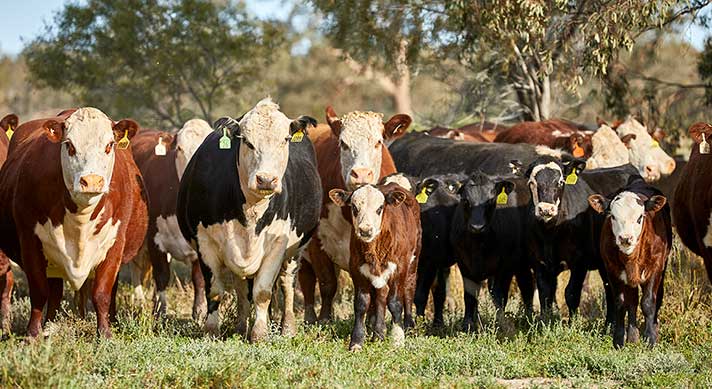Top tips for agisting livestock
09 March 2022
-Min Read

- Producers should inspect the agistment property for risks, confirm the property is LPA-accredited and check if the PIC has any statuses assigned to it in the NLIS database before entering into an agistment agreement.
- ISC recommends creating a written agreement between the agister and landowner to outline who will meet responsibilities such as meeting traceability integrity requirements.
- LPA-accredited producers should contact their state or territory authority to see what options are available to them for managing LPA accreditation and using NVDs for livestock on agistment.
- Producers should ensure livestock are fit to travel before being moved on and off agistment properties and have a plan to manage any potential biosecurity risks.
For more information about meeting your integrity requirements when agisting livestock, view this fact sheet or contact your state or territory authority.
Footnote:
(1) This option is only available when the landowner is LPA-accredited.
(2) This option is only available when agisting livestock in Western Australia.